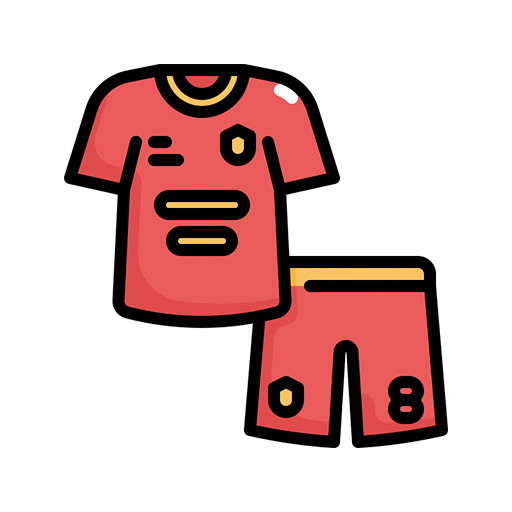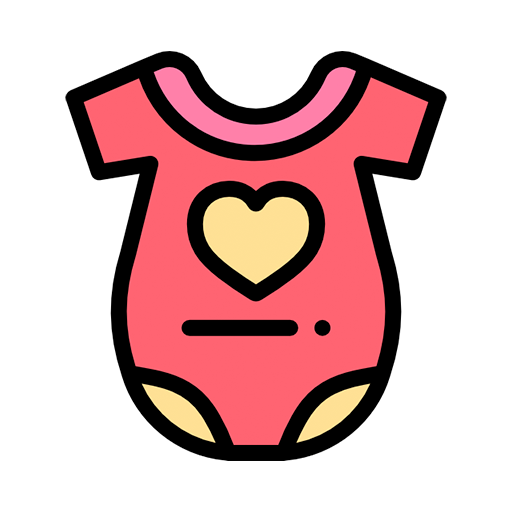
How big should a baby blanket be
Share
In the growth process of infants, blankets play an indispensable role as symbols of warmth and comfort. They not only provide necessary warmth for babies but also become their small emotional support.
However, faced with the myriad of blanket products on the market, how to choose a suitable and safe blanket for infants has become a concern for many parents. This article will elaborate on the size, material characteristics, shopping tips, and usage precautions of blankets for infants, aiming to provide parents with a comprehensive guide.
Size Selection for Infant Blankets
The design of infant blanket sizes typically takes into account the characteristics of infants' physical development and the requirements of usage scenarios. Generally, a size of 90cm x 110cm is prevalent as it avoids being too large and causing inconvenience while also not being too small to compromise warmth.
This size of blanket can effortlessly envelop an infant's body, providing ample warmth and a sense of security. Naturally, as the infant grows, parents can adjust the blanket size according to actual circumstances to cater to the needs of different developmental stages.
It is worth noting that, for safety reasons, newborns and young infants typically use cotton-wrapped gauze blankets or double-sided cloth blankets, while fluffy, thick blankets are generally recommended for babies over 12 months of age.
Material Characteristics of Blankets for Infants
Blankets for infants come in a variety of materials, each with its unique advantages and applicable scenarios. Here's an analysis of the characteristics of several common materials:
- Polyester: Known for its high strength, excellent elastic recovery, and good wear resistance, polyester blankets are suitable for baby products that require frequent washing due to their quick-drying and non-deforming properties. They also exhibit good heat and light resistance, making them suitable for various environments.
- Acrylic: Referred to as "synthetic wool" due to its properties similar to wool, acrylic blankets offer good warmth and softness at a relatively affordable price, making them a popular choice for many families. However, they are prone to static electricity and dust accumulation, requiring regular cleaning and maintenance.
- Nylon: Nylon blankets stand out among synthetic fibers for their superior wear resistance and relatively good moisture absorption. However, their poor ventilation and tendency to generate static electricity may not be suitable for prolonged use by infants.
- Spandex: Spandex blankets are renowned for their excellent elasticity, adapting well to the shape changes of an infant's body and reducing. However, spandex is often used as a blended material to enhance the elasticity and comfort of other fibers.
- Vinylon: Vinylon blankets have excellent moisture absorption, similar to cotton, earning them the nickname "synthetic cotton." They are a good choice for baby products requiring high moisture absorption.
- Animal Fibers: Including wool and cashmere, animal fiber blankets are among the most popular on the market. They offer superior warmth and a soft, comfortable touch that is gentle on infants' skin. However, they tend to be more expensive, requiring parents to choose based on their financial situation.
How to Choose a Suitable Blanket for Infants
Touch and Craftsmanship: When shopping, first touch the surface of the blanket to feel its softness and comfort. Simultaneously, check if the edges and corners are finely processed to avoid hazards like burrs or loose threads that may harm the baby's skin.
- Color and Pattern: Choosing blankets with bright colors and rich patterns can stimulate an infant's visual nerve development and enhance their perception. However, overly bright colors or complex patterns may contain more chemical dyes, so parents should opt for environmentally friendly and non-toxic products.
- Material and Safety: Ensure that the selected blanket material is safe and harmless, complying with relevant national standards. Avoid blankets containing harmful substances that may adversely affect the baby's health.
- Size and Thickness: Choose the appropriate size and thickness of the blanket based on the infant's age and usage scenario. Blankets for infants should generally not be too large or thick to avoid difficulties in cleaning and excessive warmth.
- Durability: Consider the durability of the blanket when shopping. Choosing a tightly woven and non-shedding blanket can extend its lifespan and reduce cleaning frequency.
Precautions for Using Blankets for Infants
Prepare Spare Blankets: To maintain cleanliness and dryness, it is recommended to have two or more spare blankets for rotation. The spare blankets should be consistent with the original in material, size, and color to minimize the baby's discomfort.
Control Washing Frequency: While keeping the blanket clean is important, excessive washing can damage its fiber structure and special scent (often comforting to babies). Therefore, it is recommended to control the washing frequency, generally once a week.
Avoid outdoor use: After babies learn to walk, parents should try to prevent them from taking blankets outdoors. The complex and ever-changing outdoor environment may easily soil or lose the blanket, causing unnecessary trouble for parents.
Protect the baby's sense of security: For babies, blankets are not just a tool for warmth but also an emotional support. Parents should respect babies' dependence on blankets and protect their sense of security. Avoid allowing unrelated individuals to casually play with or take away the baby's blanket, as this may cause emotional harm.
In summary, choosing the right blanket for babies is a meticulous and crucial task. It not only concerns the baby's warmth and health but also involves their emotional needs and sense of security. Therefore, when purchasing and using baby blankets, parents should thoroughly consider factors such as size, material, safety, and the baby's actual needs, ensuring that the chosen blanket is both practical and safe.




